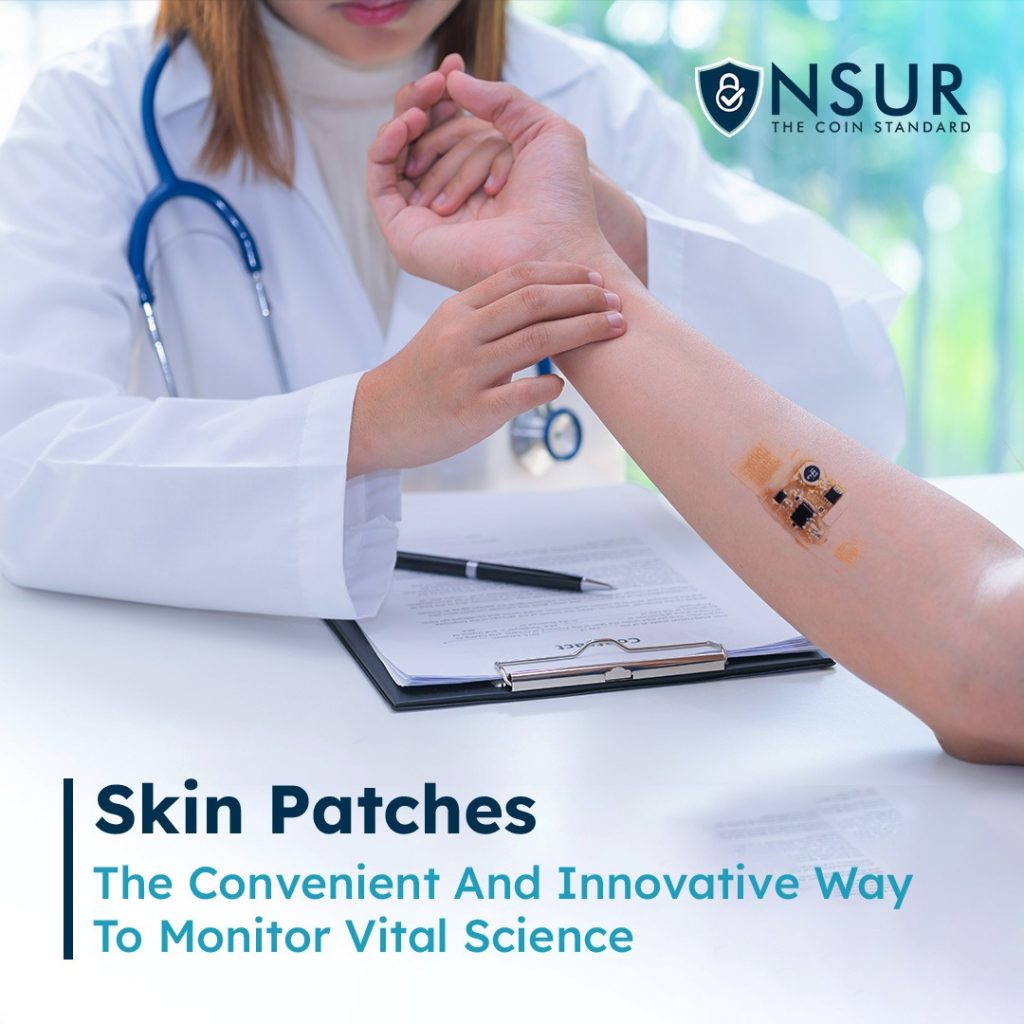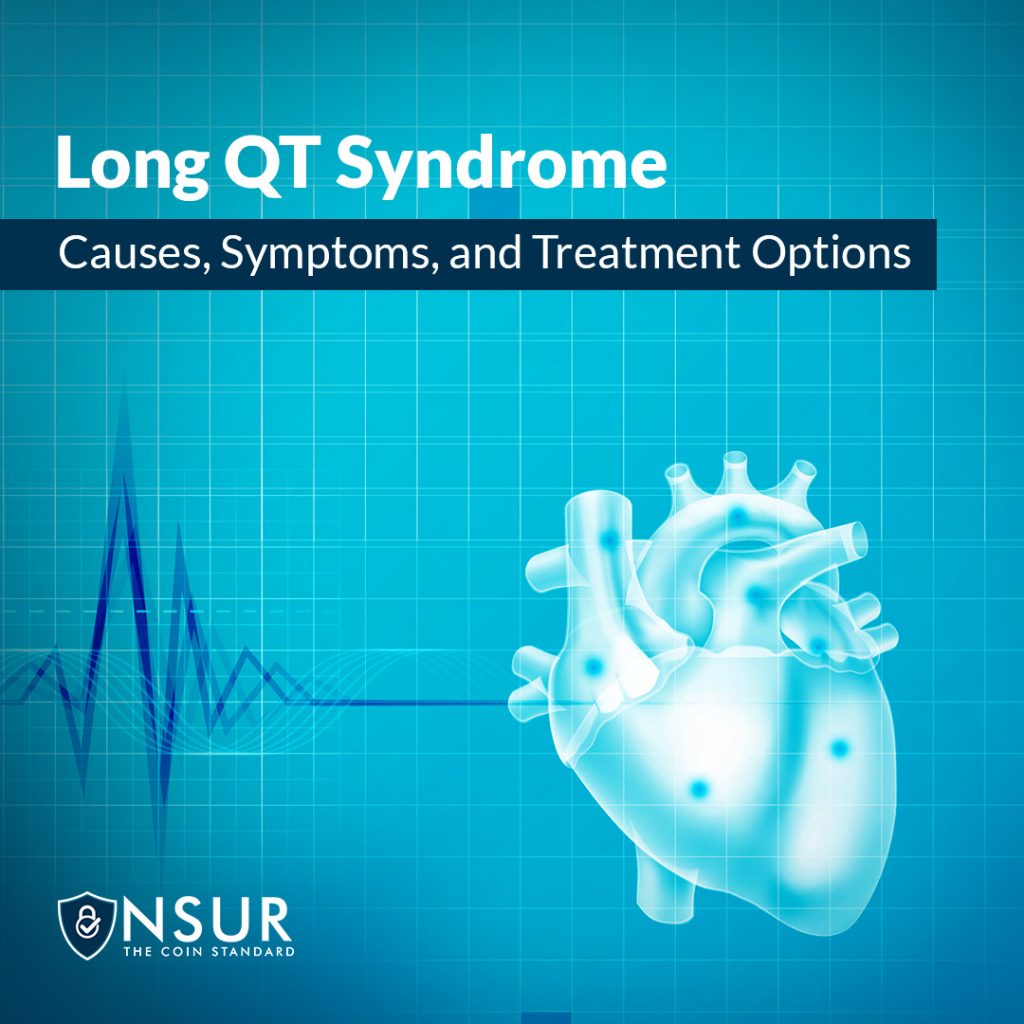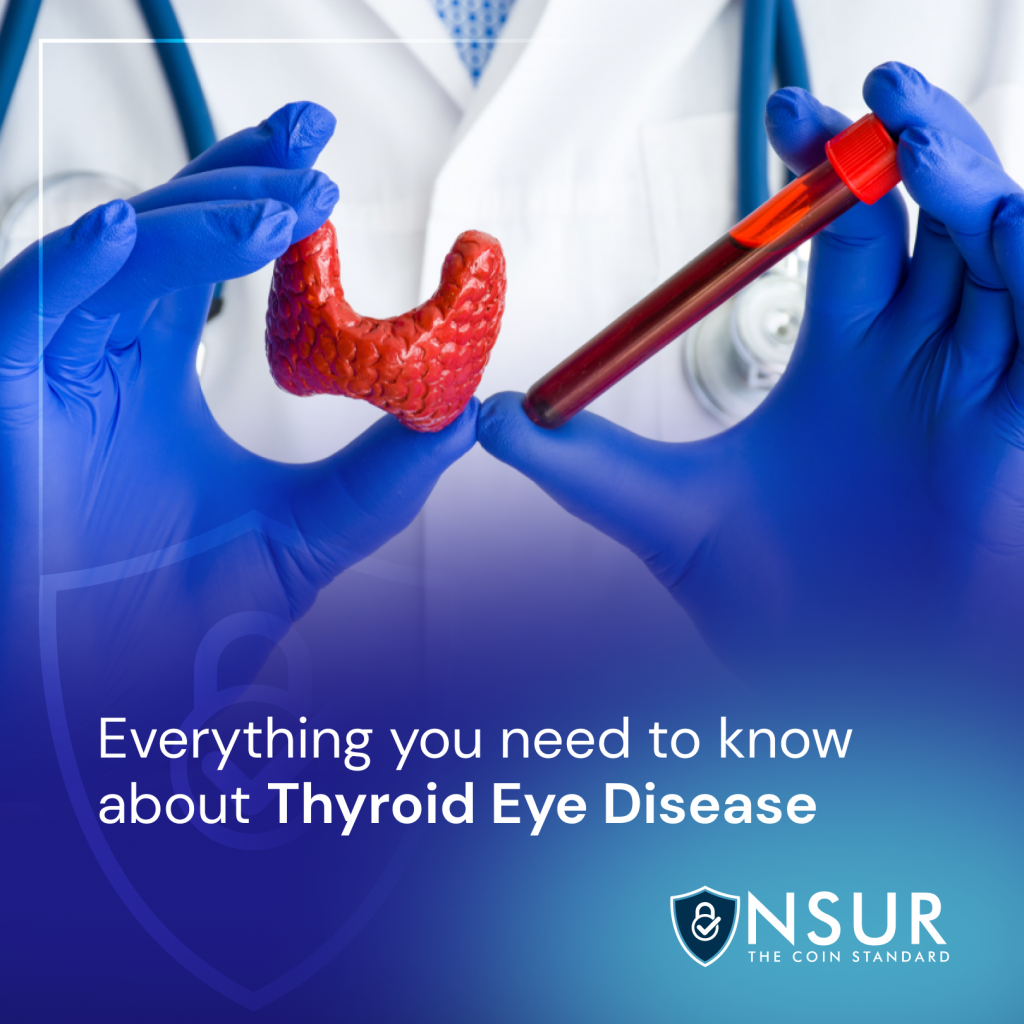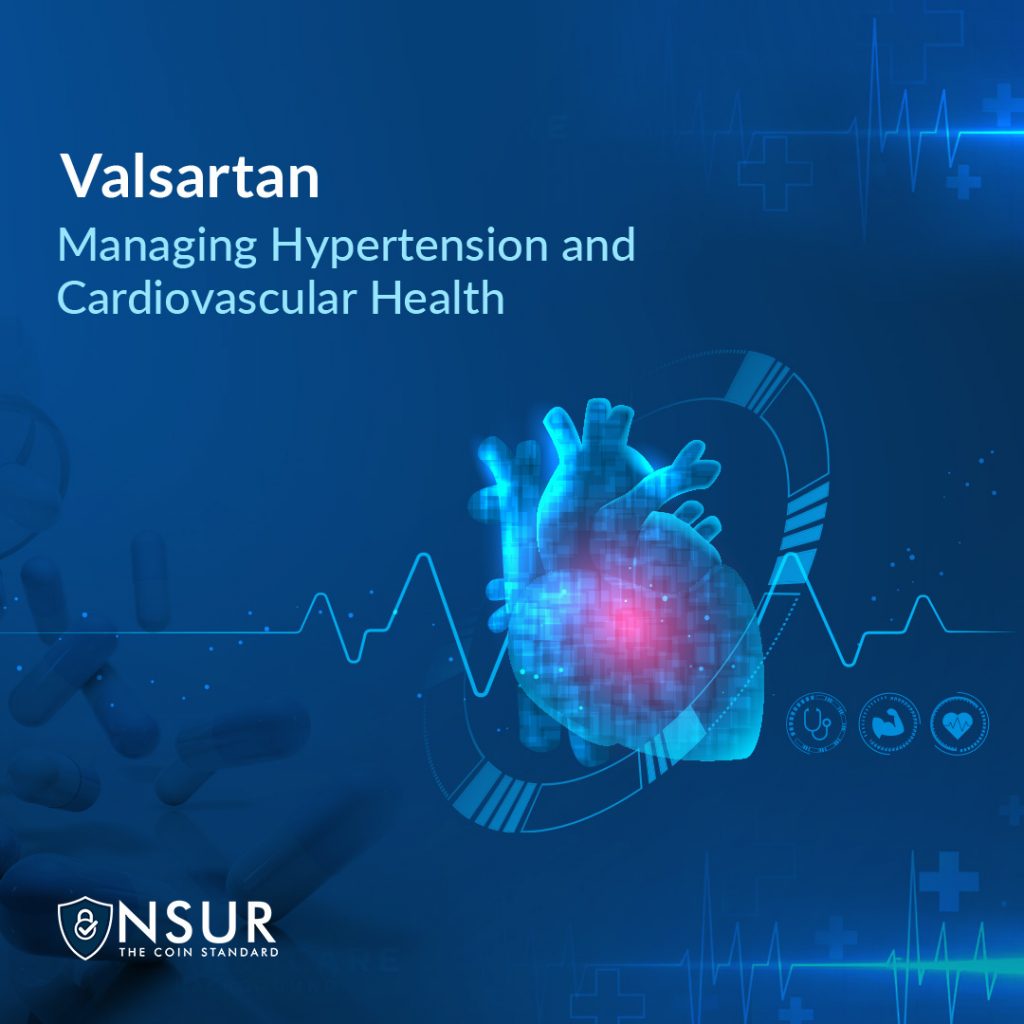
Revolutionizing Healthcare Management Through Innovative Skin Patches
An overview of the new skin patch technology that makes measuring and monitoring vital signs more convenient and efficient.
Home monitoring of patient health has significant potential, and the future seems bright. Innovative skin patches have the potential to revolutionize healthcare management. New diagnostic methods will be developed, therapies will be improved and hospital readmissions will be decreased as a result. A number of Medtech innovators are constantly working on developing wearable skin patches.
These skin patches could be an ideal solution for remote monitoring. It could be extremely useful for long-duration remote monitoring of vital signs like heart rate, oxygen saturation, body temperature, and blood pressure. It can also measure lactate, caffeine, and alcohol levels. It is especially beneficial for the elderly, chronically ill, or patients recovering from surgery.
By using these patches, healthcare providers can gain a better understanding of their patients’ health and quickly identify and address any potential issues. Furthermore, because they provide more real-time data that can be remotely monitored and evaluated, these patches may help reduce hospital visits. With home testing it’s easier, efficient and cost effective for patients.
The use of non-invasive health status sensing devices can significantly improve the management of chronic diseases like diabetes and hypertension. Early warning signs of initial diagnosis are the best chance for preventing a developing disease through prompt intervention. Engineers at the University of California San Diego(UCSD) have developed the most sophisticated flexible skin patch sensor to date.
How does the skin patch work?
Skin patches are made of silicon-based biosensors to monitor users’ vital signs in real time. The biosensors are equipped with a digital non-invasive health feedback system. There is unique data captured by each sensor every time physical or chemical changes occur. Using one wearable skin patch we can stitch together those different images to get a more accurate picture of the body’s health.
The skin patch contains sensors that measure vital signs such as blood sugar levels, heart rate, blood pressure, pH and body temperature. In addition to electrolytes and metabolites the chip can also examine small molecules and proteins with only a tiny amount of sweat. Different modules can be added to the patch to meet specific needs. A wireless system connects the patch to the patients’ smartphone and the hospital network to provide real-time insights.
The benefits of skin patches
A smart skin patch’s power is in its ability to reduce the need for onsite procedures.
- The skin patch is lightweight, flexible, and breathable making it virtually invisible on the skin while providing maximum comfort.
- The skin patch is simple to remove and replace.
- Wireless monitoring technology allows patients to live their lives with comfort at home, offices and anywhere at any time.
- It provides flexibility to medical personnel and patients by allowing remote patient control when it is most needed.
- It is sustainable because the skin patch with electronics can be used for a longer period of time.
It improves the quality of life by providing useful information about various vital signs and severity of disease. It automatically collects data such as physiological parameters, stress measurement temperature and other critical health information.
Use cases of wearable skin patches
Wearable skin patches can be used to monitor vital signs such as heart rate, respiration rate and blood pressure. Several cardiac conditions can be monitored using skin patches. Atrial fibrillation (AF), the most popular type of heart rate disorder massively increases a patient’s risk of stroke and is a difficult disease to diagnose due to its intermittent nature. The use of skin patches can also help with different levels of ambulatory monitoring.
- They can be used to detect changes in glucose levels for individuals with diabetes helping them to better manage their condition.
- Skin patches can be used to administer medication to patients with chronic conditions such as cancer, vascular diseases or HIV, without the need for injections.
- Wearable skin patches can be used to monitor physical activity and provide feedback to users on how to improve their fitness.
- They can be used to measure exposure to all allergens and other environmental factors helping to identify potential triggers.
- Wearable skin patches can be used to monitor UV exposure helping to protect against sunburn and skin cancer. It is extremely useful in many skin conditions.
- They can be used to monitor sleep patterns and help improve sleep quality.
Doctors can use the smart skin patch tool to effectively manage many medical conditions such as glucose level evaluation in diabetes, skin care, and cardiovascular monitoring. There are numerous skin patches on the market. Leading companies such as Dexcom, Abbott, Biobeat chest monitor, and others have grown in popularity.
Conclusion
To conclude, skin patches are a revolutionary technology for healthcare that offer numerous advantages. Skin patches can significantly improve patient care by providing a convenient and non-invasive way to monitor and treat a wide range of medical conditions. They can also cut healthcare costs by eliminating the need for frequent medical visits. Furthermore, they have a variety of functions from monitoring blood sugar levels, cardiovascular monitoring, and delivering medications to diagnosing and treating skin conditions. In the future, skin patches are likely to become more advanced, offering even more features and benefits. Smart skin patches could revolutionize healthcare management in the coming years with more research and development.











